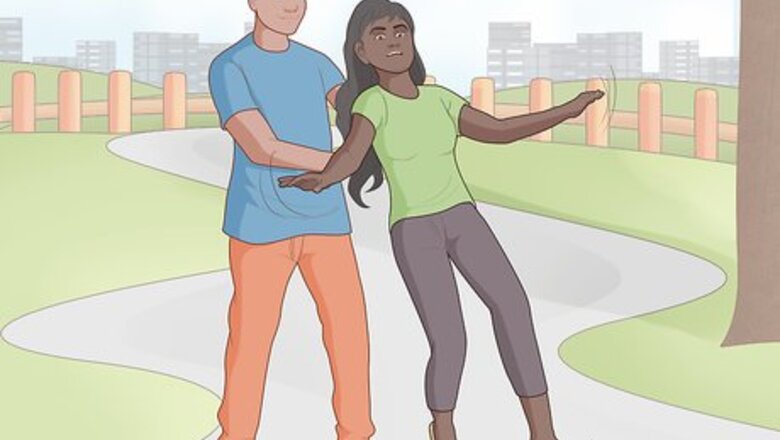
views
Caring for the Person During a Seizure
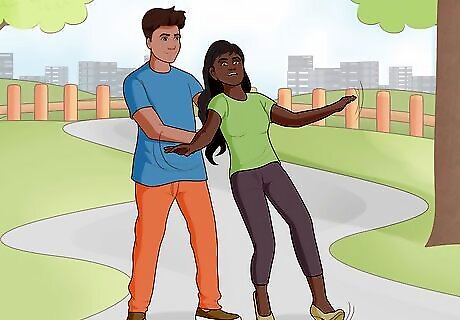
Keep the person from falling. When someone has a seizure, they can fall and injure themselves. To help them not get hurt, find a way to keep them from falling if they are standing. One way to help with this is to put your arms around them or catch their arms to hold them upright. Protect their head if you can. You may also try to guide them carefully to the floor if they still have some control of their movements.
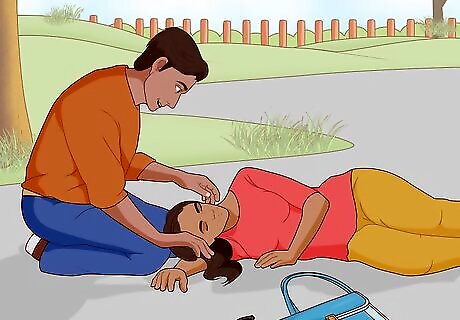
Place the person on their side. If the person is lying down when you find them, try to get them onto their side with their mouth angled towards the floor. This helps protect them by letting the saliva and vomit out of the side of their mouth instead of having it slide back into their throat or windpipe, which could cause them to inhale it. Leaving a seizing person on their back can lead to choking and breathing fluids into their lungs.
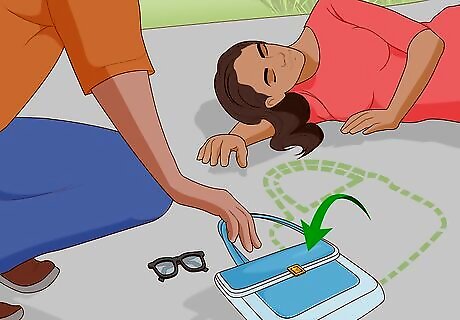
Clear away any harmful objects. People who have seizures may injure themselves by hitting furniture, walls, or other nearby objects. To help the person avoid injury, move all objects around them as far away as possible. It is especially important to move any sharp objects from around the person. Moving the objects is easier than moving the person. However, if the person is walking around confused, try to steer them away from dangerous places, like traffic, high areas, or sharp objects.
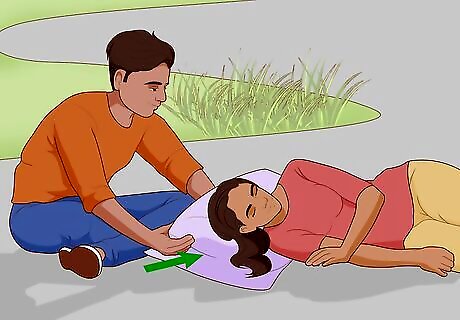
Protect the person's head. Some seizures may cause the person to hit their head against the floor repeatedly. If their head is striking the floor or an object, protect their head with something soft, like a pillow, cushion, or jacket. Do not restrain their head or any other part of their body.
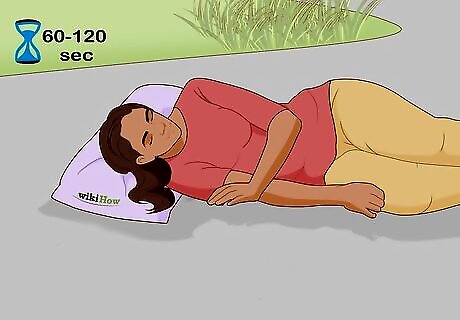
Time the duration of the seizure. If someone near you has a seizure, you should try to time the length of the seizure. Seizures generally last between 60 to 120 seconds (one to two minutes). Seizures that last longer than that can indicate a bigger problem, and you should call emergency services. Use a watch if you have one for a more accurate time. However, you can count in your head how long the seizure lasts.
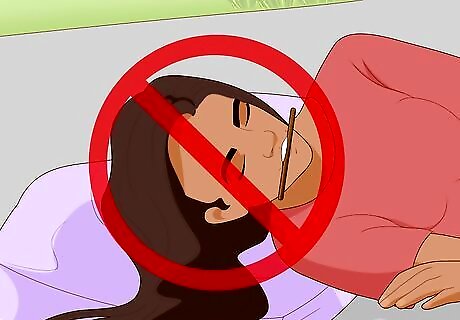
Avoid placing anything in the person’s mouth. Never place anything in a seizing person’s mouth, even if you think it will help prevent them from hurting their mouth or teeth. People who are seizing will not swallow their tongue. Putting things in their mouth may cause the seizing person to break a tooth. You should never place your fingers in their mouth. The person could bite your finger and injure you.
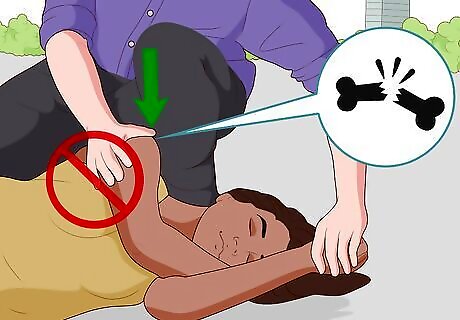
Refrain from holding the person down. During the seizure, never hold the person down. Never try to restrain them or keep them from moving. This will cause them injury. The person could dislocate their shoulder or break a bone.
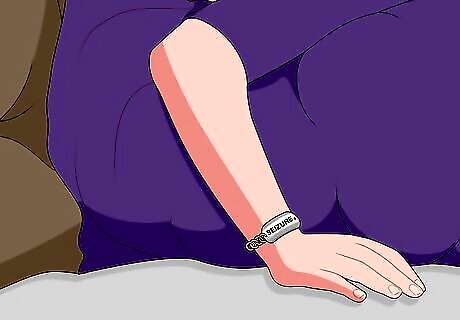
Check for medical identification jewelry. Some people who have seizures may wear medical identification jewelry. Look on the person's wrist for a bracelet, or around their neck for a necklace. Medical ID jewelry may give you the information needed during an emergency. When you have a chance, you can look in their wallet or pockets for any medical ID card.
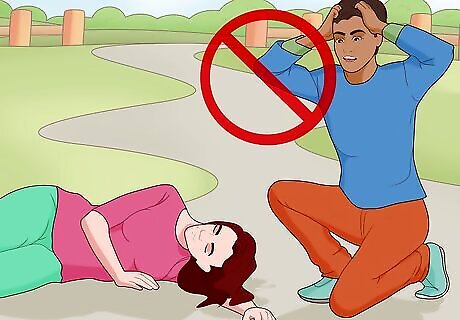
Remain calm. Most seizures only last for a few minutes and are no reason to panic. You should stay calm to help the person who is seizing. If you panic or act stressed, the person seizing may also become stressed. Instead, remain calm and talk reassuringly to the person. You should also remain calm after the seizure. Staying calm and helping the person remain calm can help with their recovery.
Determining Whether to Call Emergency Services
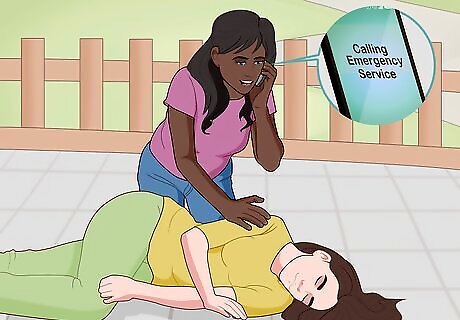
Call emergency services unless the person commonly has seizures. If you know that someone has a history of seizures, then you do not need to call emergency services unless the seizure lasts for more than 2-5 minutes or if there is something different about this seizure. However, if a person is having a seizure for the first time or if you are unsure, you should call an ambulance immediately. If you don't know the person, check for a medical bracelet to see if they regularly have seizures. The person needs to be checked out by a medical professional to determine the underlying reason for the seizure.
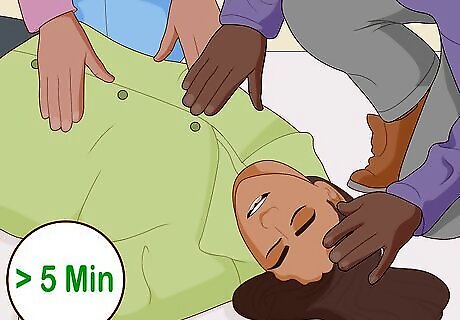
Call for help if a person has unusual seizure activity. Most people's seizures are over after a few minutes, and then they regain consciousness and become aware of their surroundings. However, if a person has atypical seizure activity, you need to call an ambulance. Abnormal activity may include: Multiple seizures without regaining consciousness The seizure lasting for more than five minutes Inability to breathe A seizure after the person complains of a sudden, severe headache A seizure following a head injury A seizure after inhaling fumes or poison If it occurs with other signs of a stroke, such as trouble speaking or understanding speech, loss of vision, and inability to move part or all of one side of the body
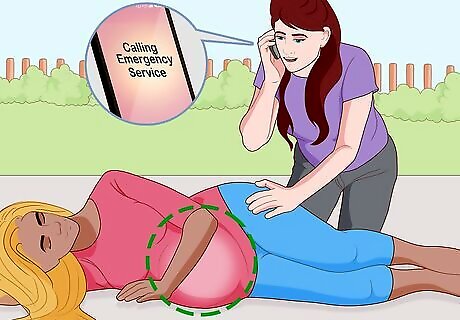
Find help if the person has a seizure in a dangerous situation. Seizing when someone is in a dangerous situation can lead to injury or death. You should call emergency services if the person having the seizure is pregnant or has diabetes, is having the seizure in water, or has injured themselves during the seizure.
Helping the Person After the Seizure
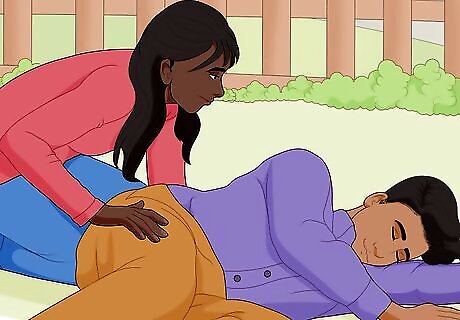
Monitor the person for injuries. After the seizure is over, wait until the person is calm. Then, you should turn the person onto their side if they are not in that position already. Look over the person’s body to check for any injuries that may have occurred during the seizure.
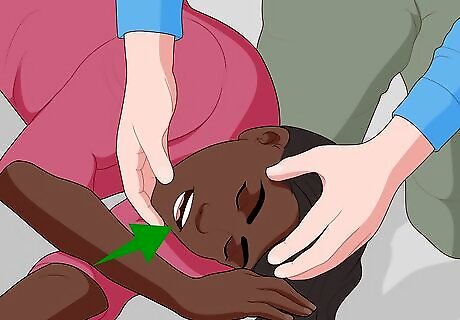
Clear the mouth if they are having trouble breathing. If you notice the person is having trouble breathing after they have calmed, use your finger to clear the mouth. The person’s mouth may be full of saliva or vomit which may be blocking the airflow. If clearing the mouth doesn’t help them breathe better, call emergency services.
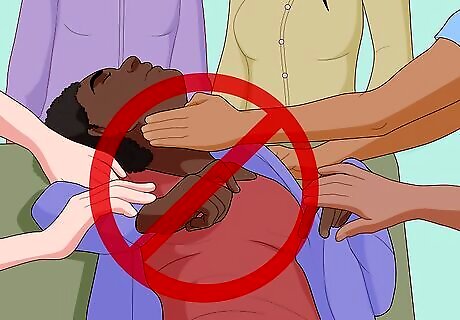
Discourage crowds. If the person has a seizure in a public place, people may hang around to watch. Once you get the person to a safe place, ask the onlookers to move along and to give the person space and privacy. Coming out of a seizure surrounded by strangers who are staring can be very stressful for someone.
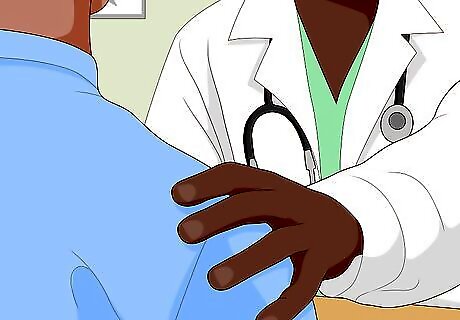
Allow the person to rest. Give the person a safe area where they can rest. Make sure any tight clothing around their neck and waist is loosened. Don’t let them eat or drink until they are calm, conscious, and cognizant of what is going on around them. Stay with the person while they rest and recover. Never leave a confused, unconscious, or sleepy person after a seizure.
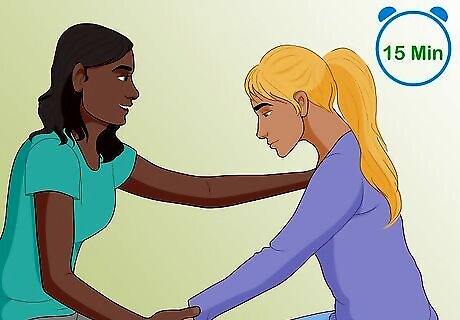
Time the person’s recovery. Just like you timed the seizure, you should also time their recovery. Evaluate how long it takes for the person to recover from the seizure and return to their normal state and activity level. If they take longer than 15 minutes to recover, call emergency services.
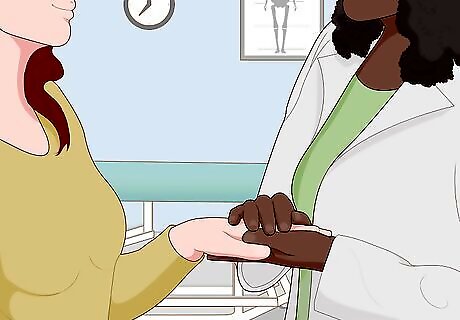
Reassure the person. Seizures can be frightening and stressful situations. Remember that a person may be confused or embarrassed when they wake up. Remind the person they are safe. When they are conscious and alert, explain what happened to them. Offer to remain with the person until they are feeling better.
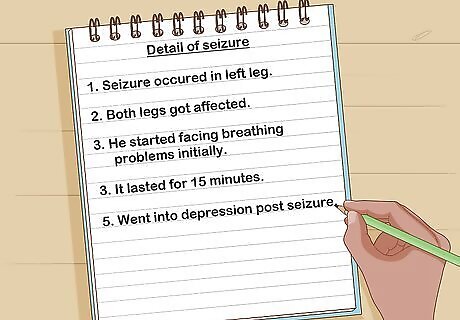
Write down any details. As soon as you get the chance, make a note of the details surrounding the seizure. This can be extremely valuable to the person who had the seizure, as well as to their doctor. Write down any of the following information: Part of the body the seizure started in Parts of the body affected Warning signs before the seizure Length of the seizure What the person was doing before and after the seizure Any changes in mood Any triggers, like tiredness, hunger, or feeling queasy Any unusual sensations Anything you noticed about the seizure, like a noise, if their eyes rolled, or if they fell and which way The person's consciousness during and after the seizure Any unusual behaviors during the seizure, like mumbling or touching their clothing Any changes in their breathing


















Comments
0 comment